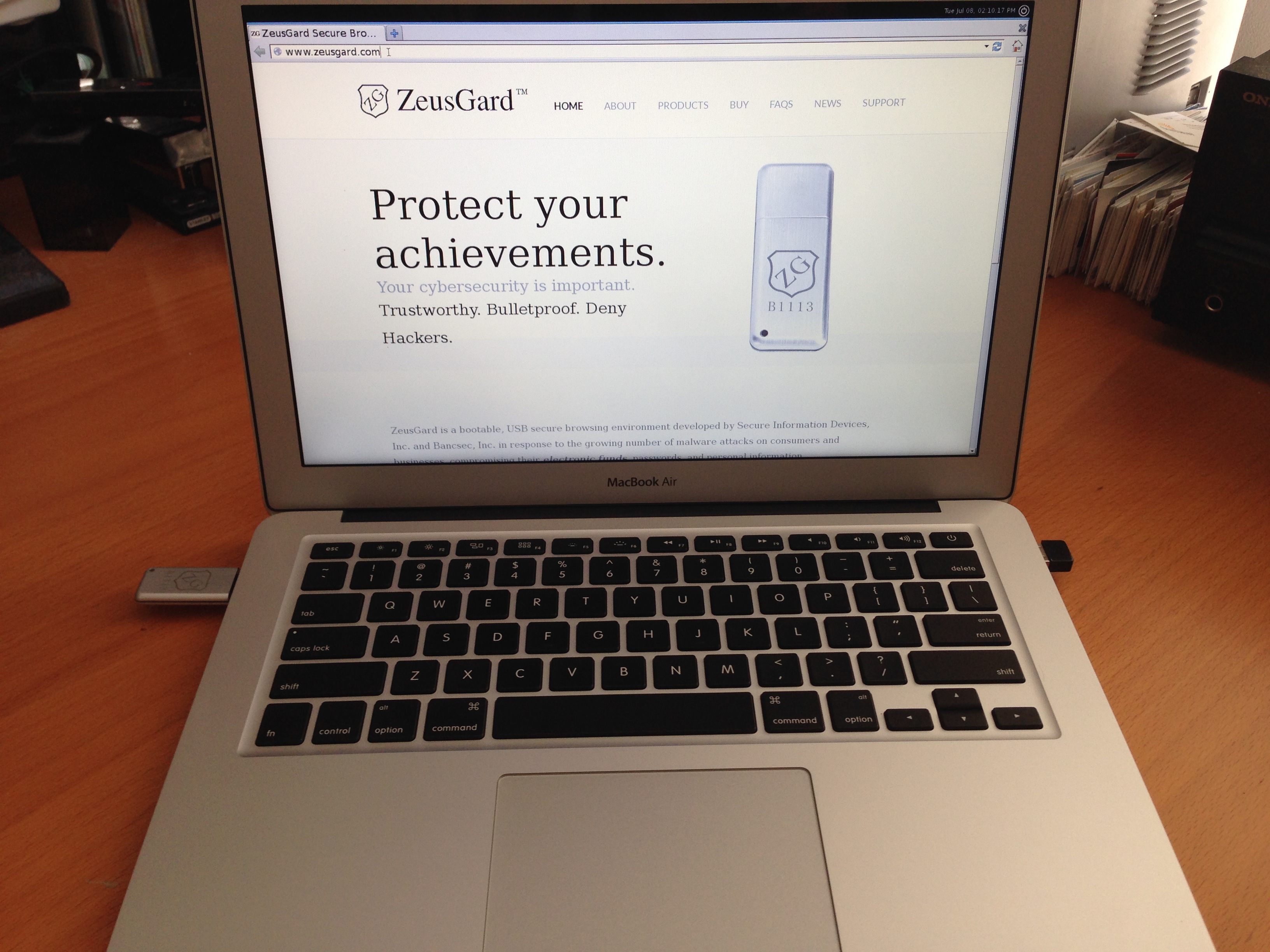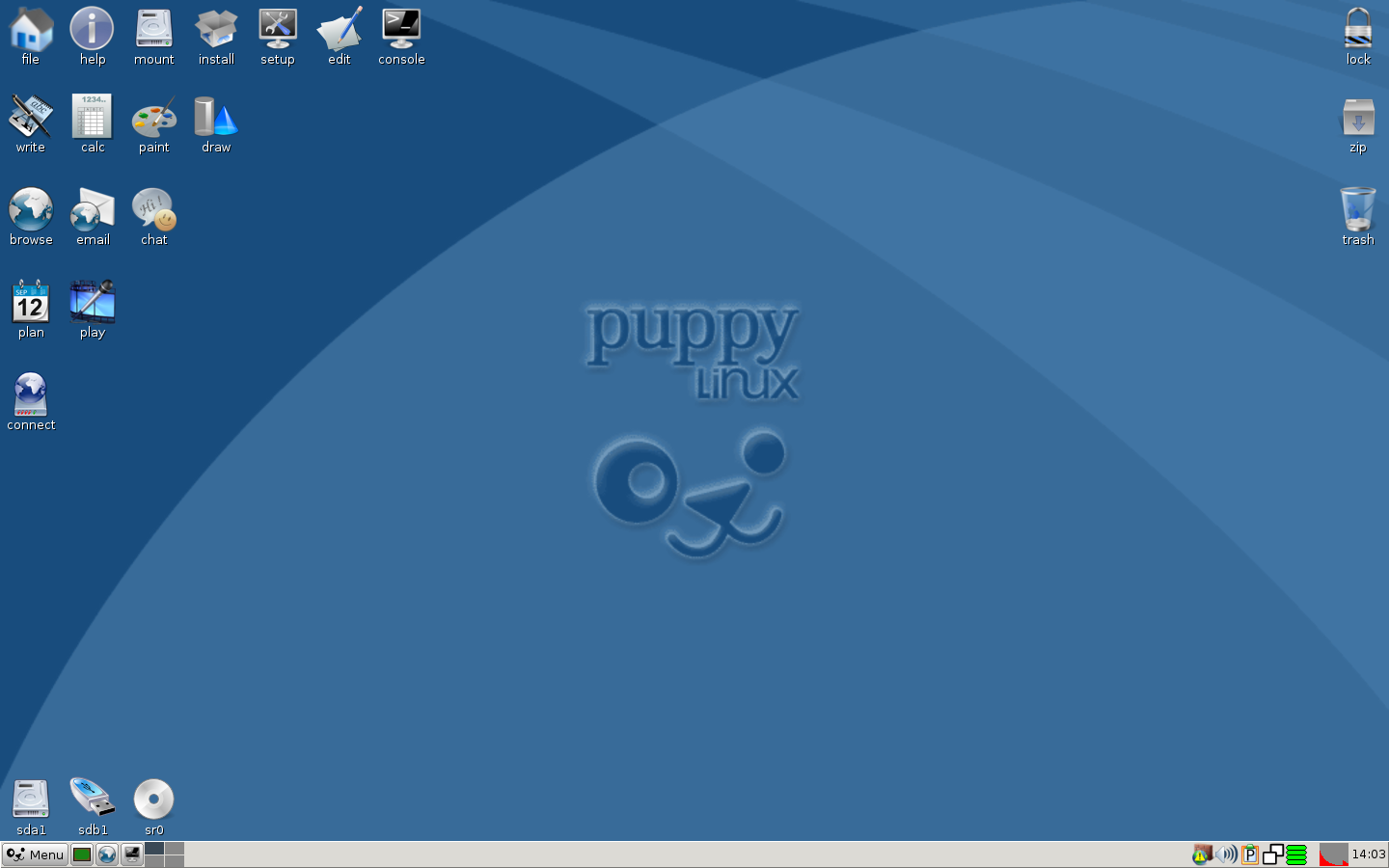You should now boot into Puppy automatically upon restart. There's no need to enter setup each time you wish to switch to Windows; simply reboot without the USB key plugged in, and the system will default to Windows. Nov 15, 2017. Find out the correct way to install Puppy Linux Tahr to a USB drive with this informative step-by-step guide. Puppy Linux works great on older laptops, netbooks and computers without hard drives. If you clicked on the 'CD' button you will be asked to make sure the CD/DVD is in the drive.

The - very old - laptop of a friend of mine died the other day and I offered to give her my old laptop as a replacement. Problem was, an old version of Windows was installed on my old laptop which I had to get rid of.Since I did not have any spare Windows product keys at the time, I decided to install Linux on the device instead. While the main reason was that I could do so without paying a dime, it would improve the overall system security as well which is always a good thing.Since I'm not really a Linux guy, I had to do some research on how to get Linux on the device. Turns out, it is pretty simple and straightforward.Here is what you need for that:. Grab a copy of the Universal USB Installer. Download the Linux distribution you want to install, e.g. Have a USB Flash Drive at hand with several Gigabyte of storage.
I have for this but you can use more or less any other as well.PreparationsStart the Universal USB Installer program on your computer. It is a portable program that you can execute without installation. Once you have agreed to the License Agreement, you select a Linux Distribution (the one you downloaded), the actual ISO image on your hard drive, and the USB Flash Drive letter in the interface.InstallationInsert the USB Flash Drive into a free USB slot on the laptop and boot it up. Depending on its configuration, it may pick up the drive automatically and boot from it, or you may need to modify the boot order in the BIOS prior to that.I suggest you boot with the stick inserted and check if the Linux boot manager GRUB is loaded. If that is the case, you can proceed with the installation.If not, monitor the first screen after you hit the power button. It should tell you which key to press to enter BIOS.
This is usually F1, F2 or DEL.When the boot manager is displayed, select install Ubuntu from the options. You can alternatively try it without installation first, which can be useful if you don't know if Ubuntu is the right operating system or if you want to use it without installation.Once you have made the selection, wait until the installation dialog pops up. Select the language. Select whether you want to connect to a wireless network right away. This can be useful to download updates or other programs to the system.
You can do so at a later time as well. Pick the wireless access point from the list of detected ones and enter the password to establish the connection, or click quit to skip the step. The installer will verify that enough drive space is available to store the system (6.4 Gigabyte in this case). If the device is connected to a wireless network, it is possible to select to download updates while installing.
It is recommended to select that option to make sure that the distribution is up to date after installation. Last but not least, you can also select to install third-party software for media playback (mp3).
On the next screen, you can select to erase the disk and install Ubuntu, or do something else. Here you can also select to encrypt the installation and use LVM for logical volume management. Depending on your needs, you may want to enable both options. Select your location in the world on the next step. Pick the default keyboard layout in the next step. Then you are asked to select a username and password, and enter a name for the computer as well. Once done, wait for the installer to finish the process.
This can take a while depending on the device itself and the selections that you have made during the setup phase.You are asked to restart the PC after the installation to complete it. If it won’t boot from a USB stick it won’t boot from a USB DVD drive either.I have a SATA USB hard drive dock(toaster) that works great for those times that a computer refuses to boot from USB and has no CD/DVD drive. I take the hard drive out of defective computer throw it in the toaster and boot a live CD/DVD/USB from a computer that works and install to the toaster, put the hard drive back and boom, done deal. Just make sure you install the bootloader to the right hard drive and don’t boot into (U)EFI mode if the old computer isn’t (U)EFI compatible. There’s a decent chance I’ll be installing Linux on my next system, so I appreciate this article and its comments.
Back in 2007 I used PCLinuxOS for around a year on an old ThinkPad that XP wouldn’t run stably on, and I have nothing but positive memories. I’m already trying to get proficient at the most recent version of LibreOffice, which can sometimes be frustrating to someone with advanced MS Office formatting skills.You should also consider doing an article on how to install 64-bit Windows 7 to a 2TB GPT-format drive. I had to do it recently and it was a barrel of monkeys. (I’m being facetious.) You can’t do it from the installation DVD. If you install from the DVD, you end up with a 2TB system partition on your 2TB MBR-format drive, plus a whole bunch of unusable drive space. To make all of your 2TB drive space accessible, you have to install from a USB thumb drive.This article — — was very helpful, but I had to make some adjustments.

(xcopy didn’t work but third-party utility xxcopy did; there was no EFIBOOT directory, so I made one and put a copy of bootx64.efi in it as well as in the existing EFIMICROSOFTBOOT directory.) The install succeeded but the Windows Recovery Console on the installation thumb drive doesn’t work. (Hopefully, the Windows Recovery CD I burned will)Anyway, hard drives just keep getting bigger, Windows 7 won’t be killed off until January 2020, and lots of users will hang back from installing Windows 9 (or 10!) until after the first service pack has been released, so I don’t think it would necessarily be stale news. And if you can find out a way to make the Windows Recovery Console on the installation media work, that would be icing on the cake.
Installing Linux Without Usb Drive

Another useful tool for putting Linux on a USB stick is LinuxLive USB Creator. I’ve used that and every other tool mentioned here, and they will all get the job done, though I tend to lean toward Martin’s choice and YUMI.Some of these installers will allow the creation of a persistent memory partition for Ubuntu and Ubuntu-related distros.